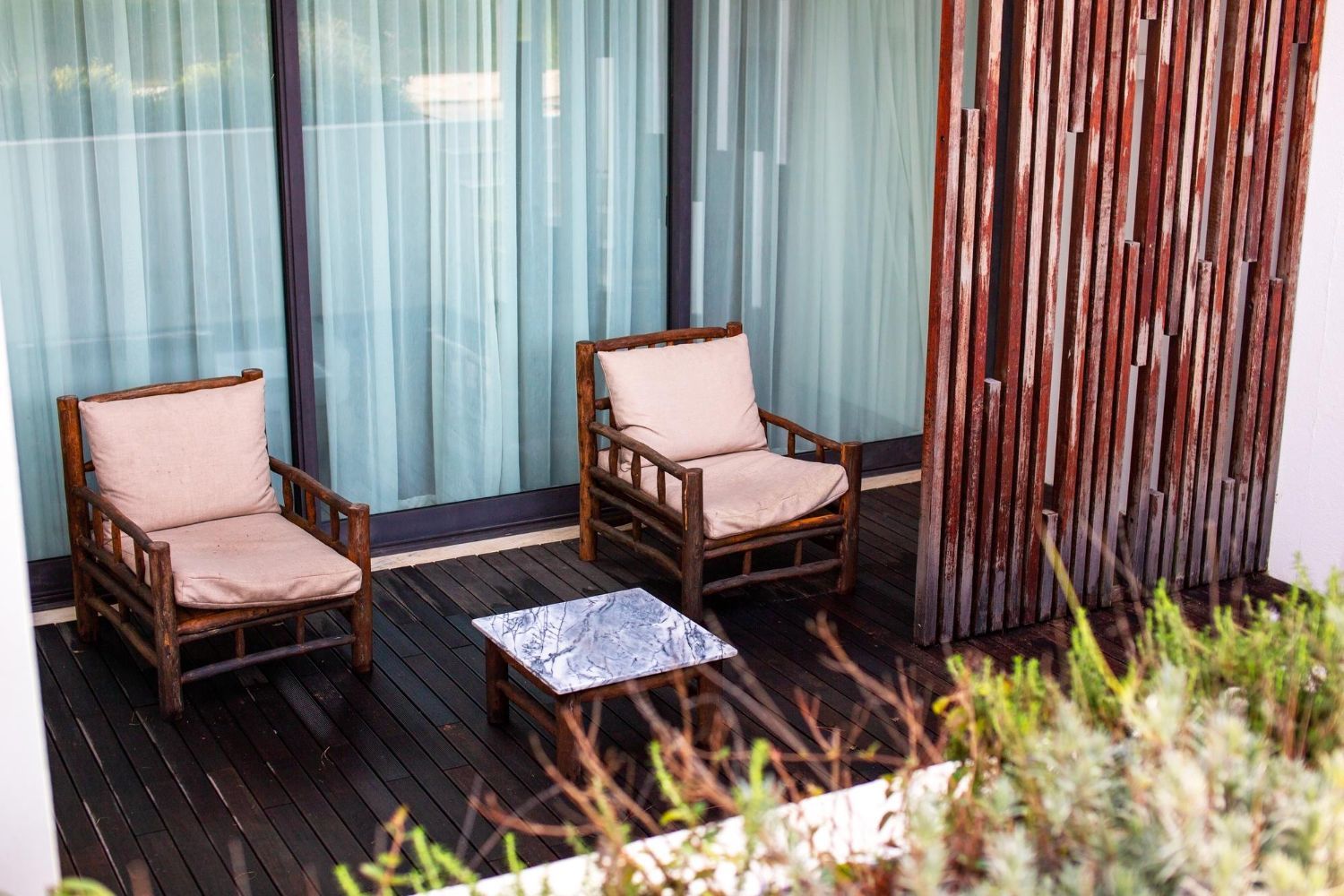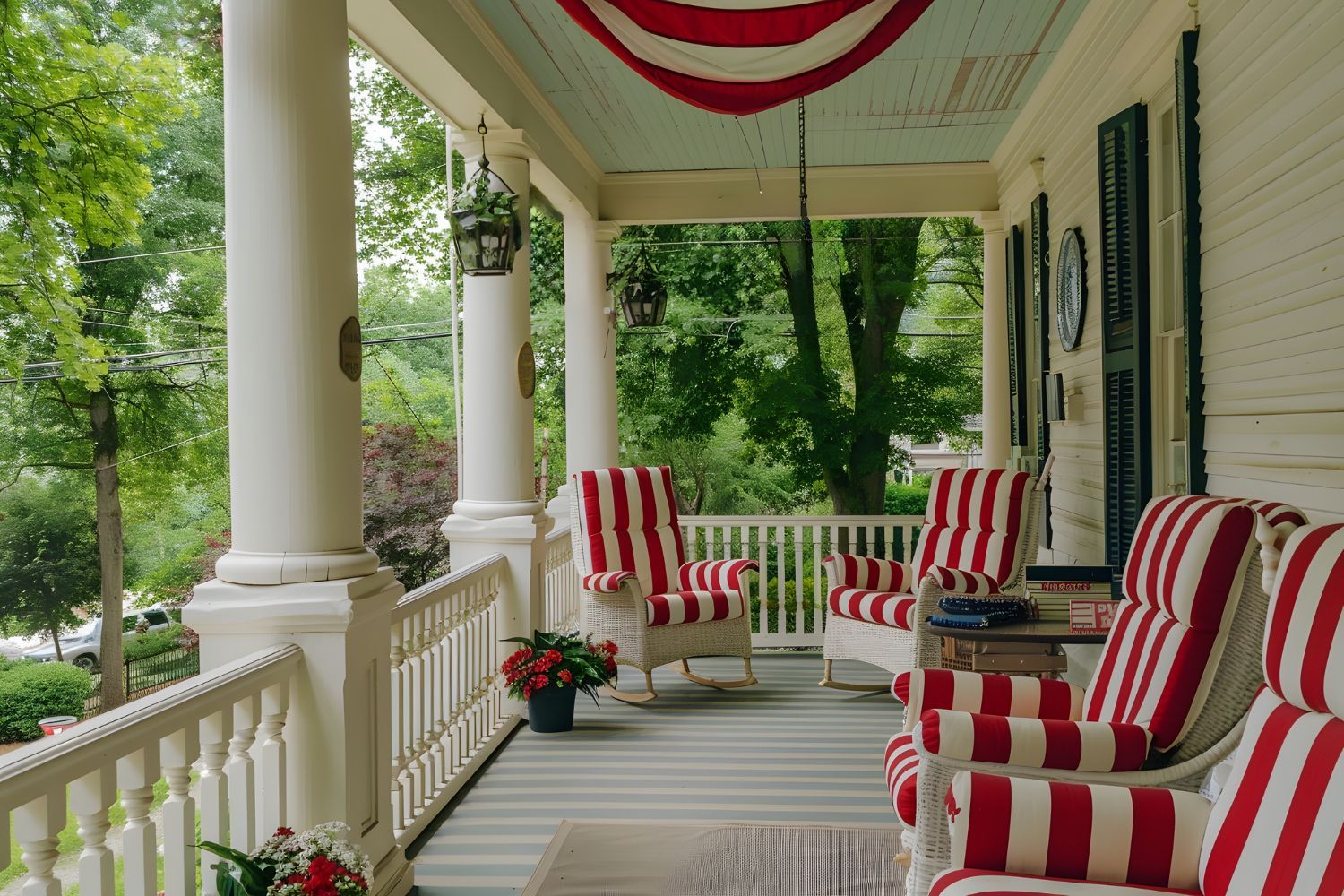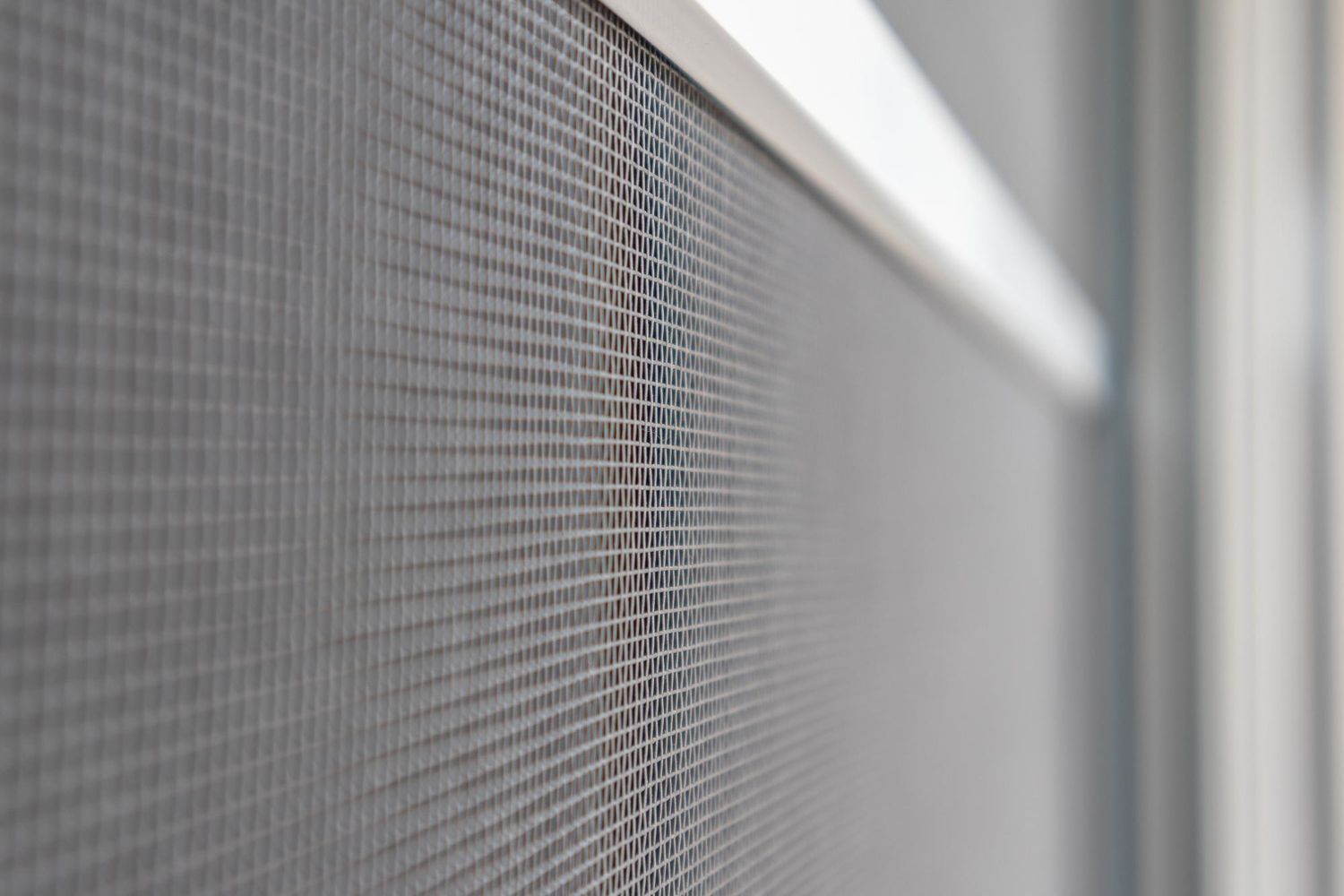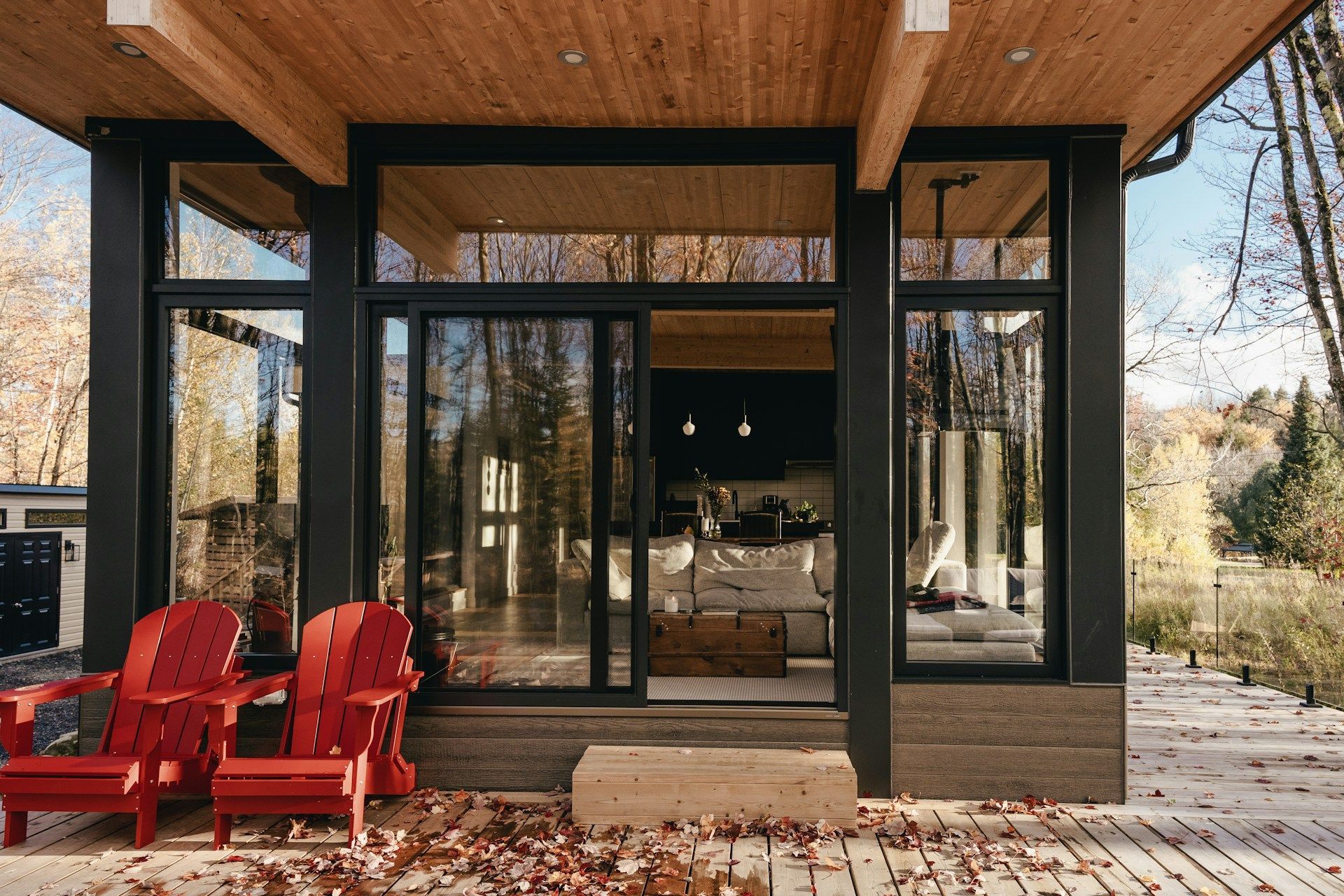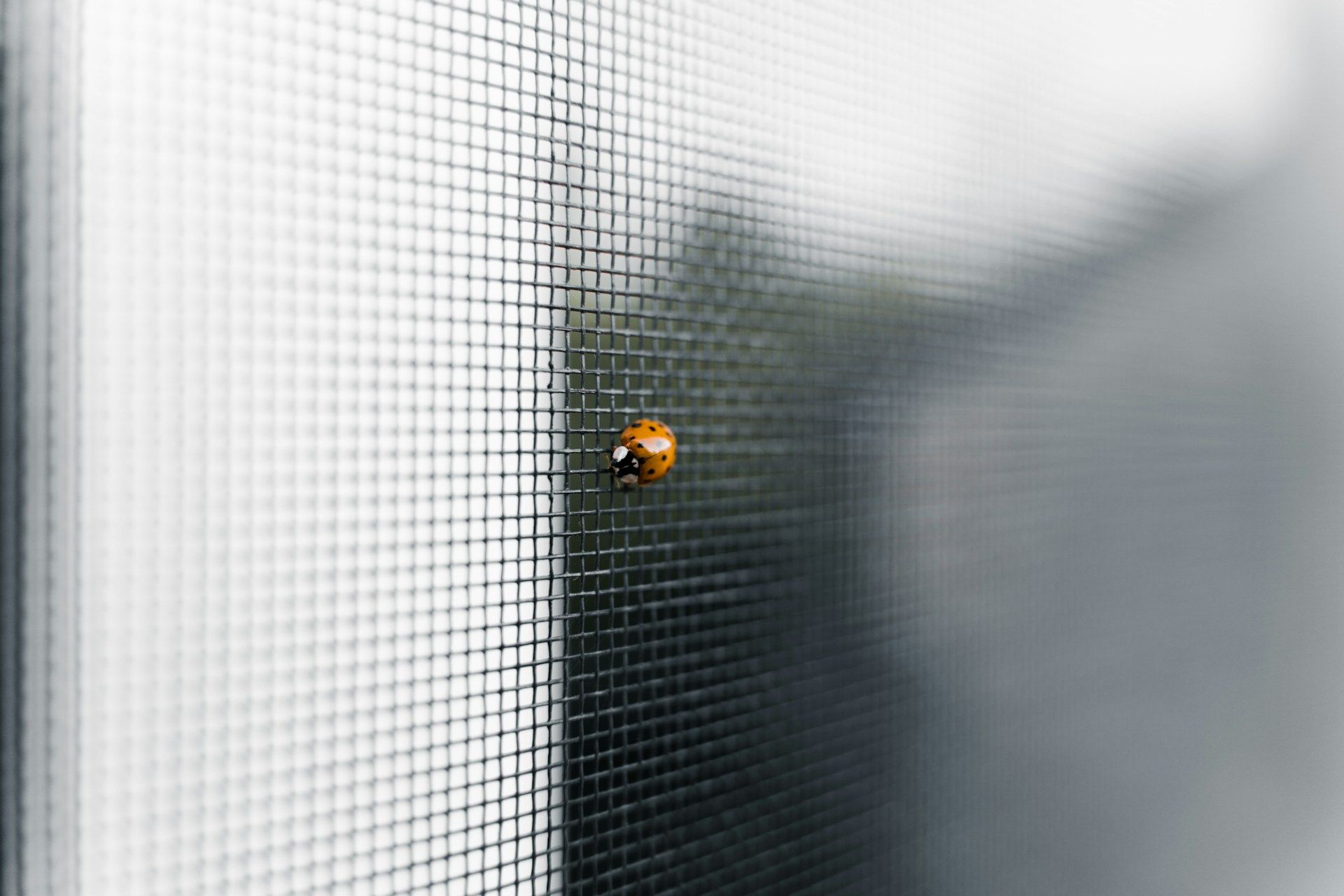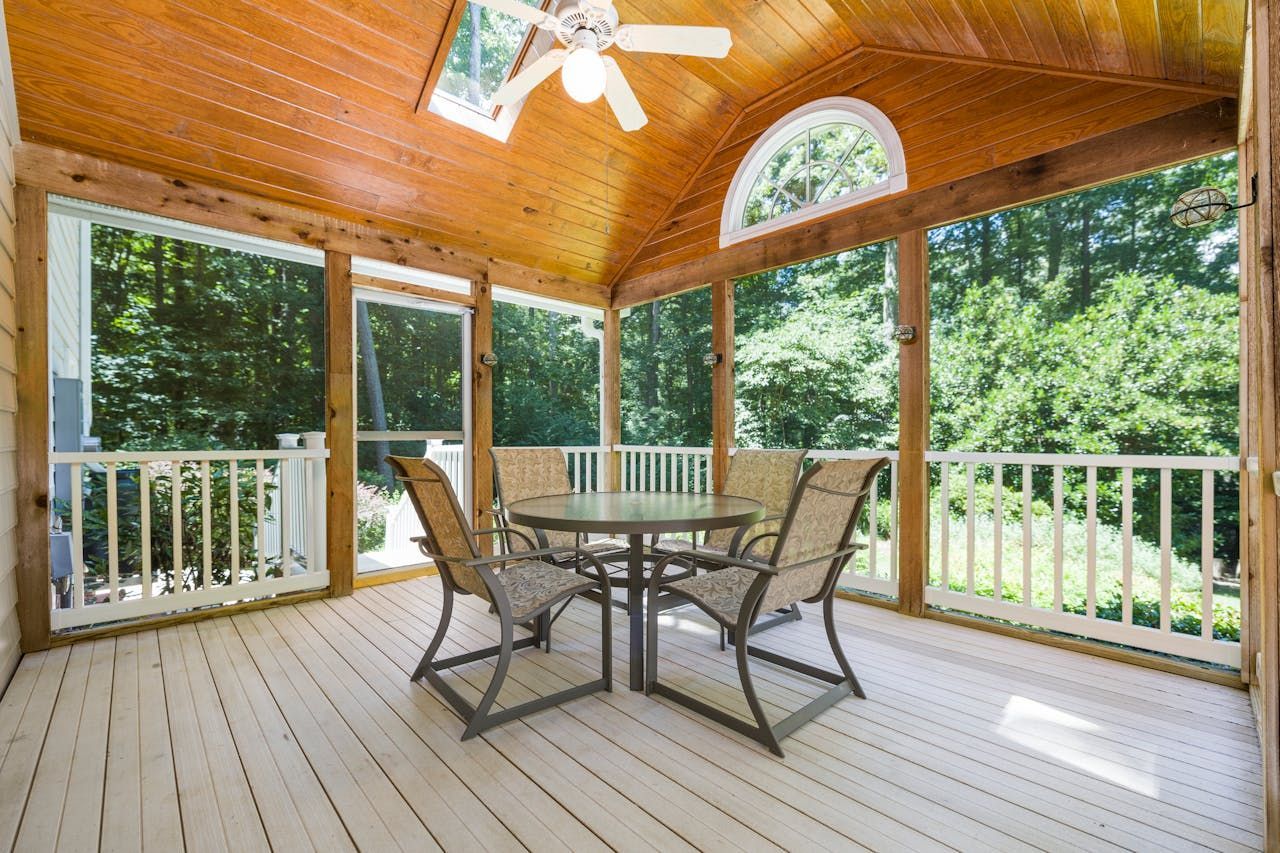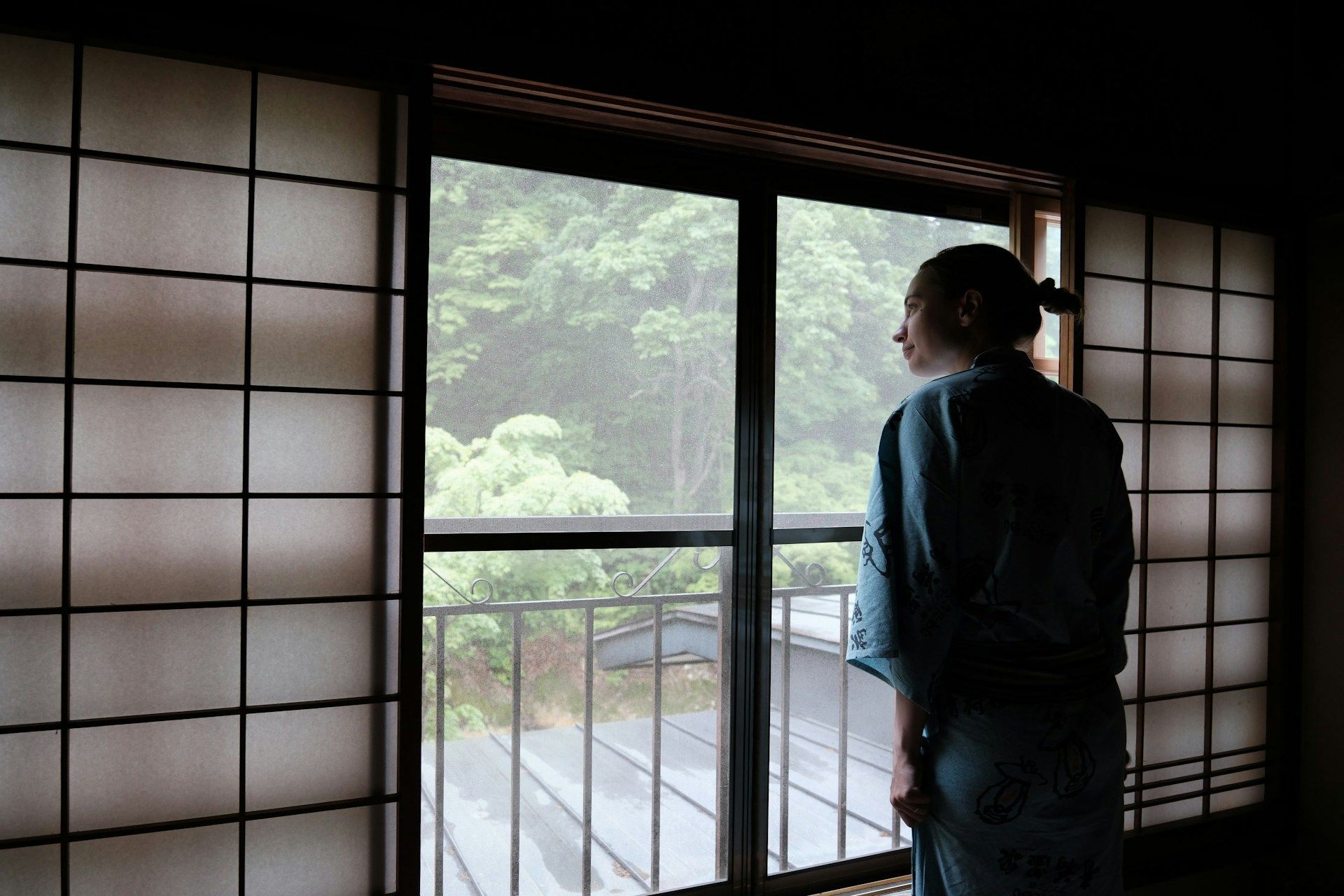Creating a Bug-Free Outdoor Space with Retractable Screens
Creating a comfortable outdoor living space can be challenging when bugs invade your porch or patio. Nothing can ruin a relaxing evening or an outdoor meal quicker than mosquitoes, flies, and other pests. Thankfully, retractable screens offer an effective and stylish solution to this common problem. They provide a versatile way to enjoy the fresh air without worrying about bugs, while also adding flexibility to your outdoor space.
Retractable screens are designed to be used when you need them and retracted when you don't. This means you can enjoy unobstructed views and open space when the screens are not in use, and easily pull them down to keep insects at bay when necessary. This functionality makes them an ideal addition to porches, patios, and covered outdoor areas.
In this article, we'll delve into the benefits of retractable screens, guide you through choosing the right screen for your space, provide tips on proper installation, and discuss how to maintain your screens for long-lasting bug-free enjoyment. Whether you're considering upgrading your current setup or installing screens for the first time, this guide will help you create the perfect bug-free outdoor space.
Understanding the Benefits of Retractable Screens
Retractable screens offer multiple benefits that make them a popular choice for homeowners looking to enhance their outdoor living spaces. One of the main advantages is the ability to keep insects out while still enjoying fresh air and natural light. These screens create a barrier that prevents bugs from entering, allowing you to have a pleasant and bug-free environment on your porch or patio.
Another benefit is the flexibility they offer. Unlike permanent screens, retractable screens can be easily retracted when you want an open view or need more space for activities. This feature is especially useful when you are entertaining guests or simply want to enjoy the full openness of your outdoor area. Additionally, retractable screens can provide a degree of privacy from neighbors without blocking your view completely.
Choosing the Right Retractable Screen for Your Space
Selecting the right retractable screen for your outdoor area involves considering several key factors to ensure you get the best fit for your needs. First, assess the specific requirements of your space. Measure the dimensions accurately to ensure the screen will cover the entire area you wish to enclose. Pay attention to factors like frame color and mesh type to match the aesthetics of your home.
Next, consider the screen material. Options like fiberglass, polyester, and aluminum each have their own benefits. Fiberglass is durable and resistant to rust, making it ideal for humid environments. Polyester screens are known for their strength and flexibility, while aluminum provides a sleek, metallic finish. Additionally, think about the level of transparency and UV protection you want. Some screens are designed to block out more sunlight, offering added protection for your furniture and a cooler environment inside.
By taking these factors into account, you can choose a retractable screen that not only meets your functional needs but also complements the look and feel of your outdoor space. This careful selection process will ensure that your new screens enhance your outdoor experience, making your porch or patio a perfect retreat free from bugs and full of enjoyment.
Comparing Screen Materials: Pros and Cons
Choosing the right screen material requires weighing the pros and cons of each option. It's important to consider what each material offers and where it may fall short.
1. Fiberglass Screens:
- Pros: Affordable, flexible, and resistant to rust and corrosion.
- Cons: Prone to tears and punctures, requiring frequent repairs or replacements.
2. Aluminum Screens:
- Pros: Strong, durable, and resistant to denting. Provides a sleek, metal appearance.
- Cons: Can oxidize over time, which may lead to discoloration. Typically more expensive than fiberglass.
3. Pet-Resistant Screens:
- Pros: Extremely durable and resistant to damage from pets. Ideal for homes with animals.
- Cons: Higher cost compared to standard screen materials.
4. Solar Screens:
- Pros: Blocks out a significant amount of heat and UV rays, keeping the porch cooler and protecting furniture.
- Cons: Reduces visibility and airflow, which may not be ideal for everyone.
5. Retractable Screens:
- Pros: Offers versatility in use, allowing you to retract the screen when not needed. Provides a clear view when retracted.
- Cons: Can be more expensive and may require professional installation and maintenance.
When comparing these materials, consider what features are most important to you. For instance, if pet resistance and durability are top priorities, investing in pet-resistant screens will be worth the extra cost. On the other hand, if budget-friendliness is your main concern, fiberglass might be the better option despite its susceptibility to damage.
Tips for Maintaining Your Chosen Screen Material
Maintaining your screen material is crucial to prolong its lifespan and keep it looking and functioning well. Here are some tips to help you take care of your screens:
1. Regular Cleaning: Clean your screens regularly to remove dirt, dust, and debris. Use a soft cloth or sponge with mild soap and water for fiberglass and aluminum screens. Avoid using abrasive materials that can scratch or damage the screen.
2. Inspect for Damage: Periodically check your screens for any signs of wear and tear, such as holes, tears, or loose frames. Address any minor issues promptly to prevent them from becoming more serious problems.
3. Lubricate Moving Parts: For retractable screens, ensure that all moving parts are well-lubricated. This helps maintain smooth operation and prevents the tracks from getting stuck.
4. Protect During Harsh Weather: Retract or cover your screens during extreme weather conditions like storms or heavy snowfall. This will help prevent damage from wind, hail, or ice.
5. Handle with Care: Train family members to handle the screens gently. Avoid pushing or pulling the screens with excessive force, which can cause damage.
6. Professional Maintenance: Schedule professional maintenance at least once a year to ensure your screens are in top condition. A professional can spot potential issues and make necessary repairs or adjustments.
By following these maintenance tips, you can keep your screens looking great and working effectively, ensuring a comfortable and enjoyable outdoor space.
Final Thoughts
Choosing the best screen material for your porch enclosure involves considering various factors such as durability, visibility, and maintenance needs. Understanding the different types of materials available and weighing their pros and cons will help you make an informed decision that suits your lifestyle and requirements. Regular maintenance ensures that your chosen screen material remains in excellent condition, providing you with a comfortable and functional outdoor living space.
At Raleigh Screen Solutions, we specialize in helping you create the perfect porch or patio screen system . Whether you need advice on choosing the right screen material or require professional installation and maintenance services, we're here to help. Contact Raleigh Screen Solutions today to enhance your outdoor experience with our expert services.

